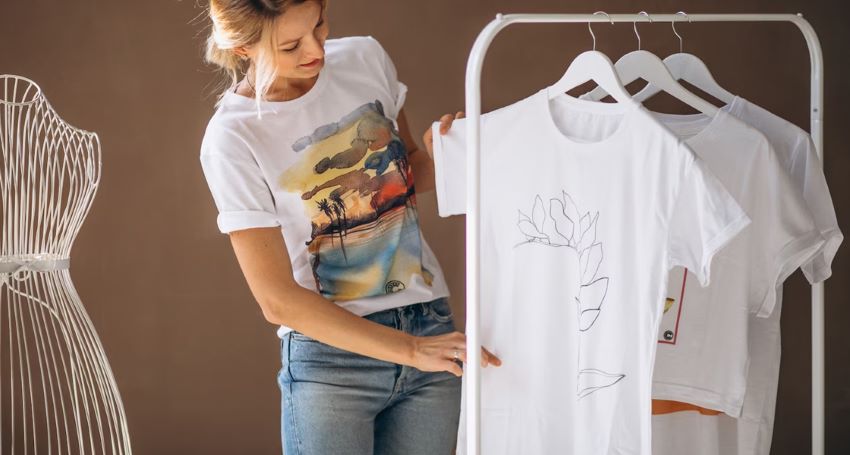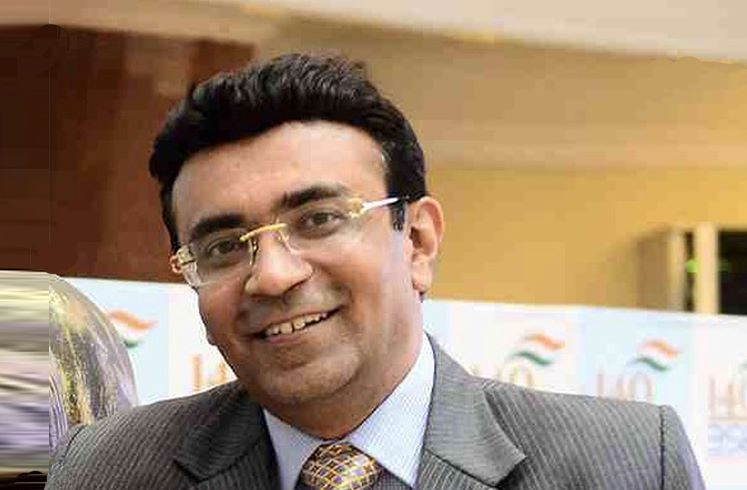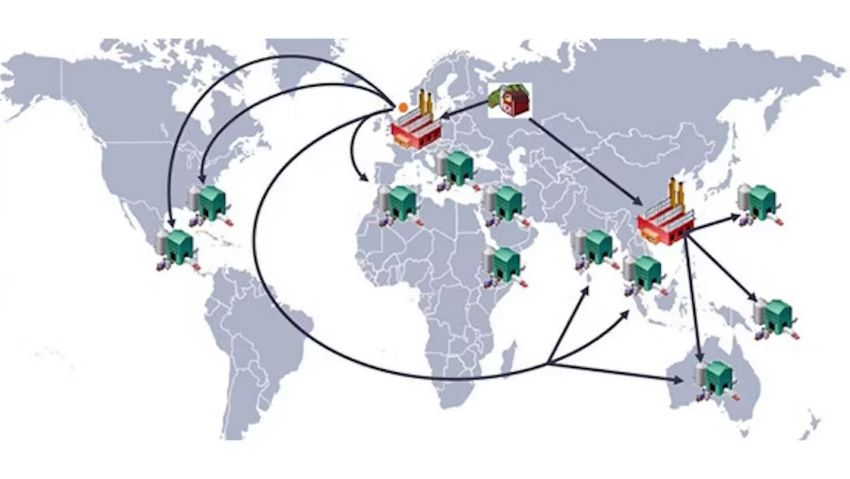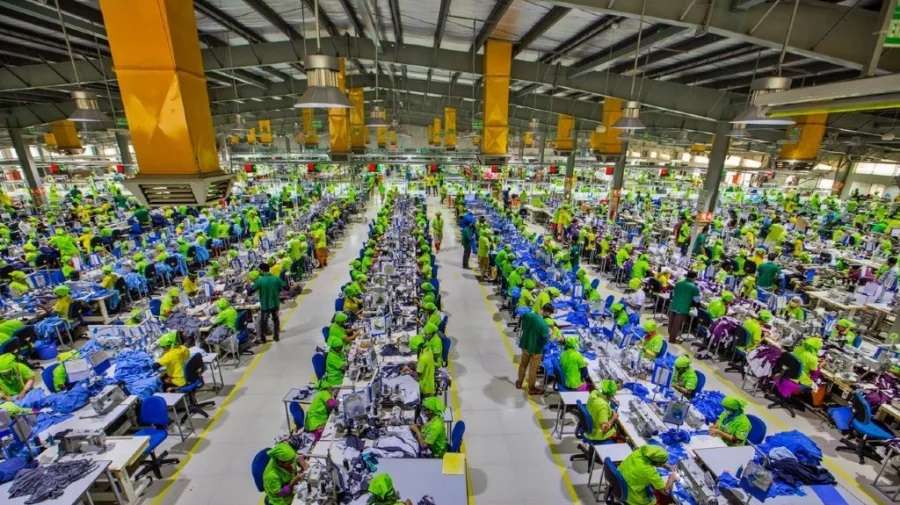FW
Pakistan government will help the textile industry enhance capacity to boost exports. Value addition in the textile sector is top priority. The aim is to raise exports from the current $13 billion to $26 billion per year. The government will shift focus from exporting raw material to value added products as this approach would not only boost the economy but also help create millions of new employment opportunities in the country.
For increasing production of value-added products in the country, the government will also provide training to 1,20,000 people who will get a stipend during their training period. The government would provide uninterrupted gas and electricity to the textile sector which would help enhance overall exports in this sector. There will be 12 hours’ gas supply to the sector in winter and 24 hours of uninterrupted power supply besides a reduction in the power tariff.
After the availability of GSP Plus, exports of Pakistan’s value-added sector to the European Union had increased by 21 per cent. In the new Textile Policy 2014-19 Rs 64.15 billion was proposed for the next five years against an allocation of Rs 188 billion for the last textile policy of 2009-14.
Textile Exchange will be held in Mumbai from October 5 to 10, 2015. It will bring together leaders from the global textile industry to create a space for learning and networking. In addition to the two-day conference, which will focus on the theme, ‘Textiles– A Circular Life’, the six days include opportunities for exploring India’s rich heritage in textiles.
New networking opportunities include an organized activity designed to connect buyers and suppliers in a fun and focused manner as well as nightly events. The event will also include a Textile Sustainability Conference. This is a conference covering supply chain management, product integrity and sustainable materials in the global textile industry. The Textile Sustainability Conference, organised by Textile Exchange, will also include a roundtable on organic cotton and a discussion on the Indian textile industry in 2015.
Fabrics, the basic material of the textile industry, have varied use in the production of different items. Its supply chain can remain smooth only if there is a continuous supply of textile fabric from various textile fabric manufacturers and wholesale companies. Fabrics are usually differentiated on the basis of composition, natural fabrics and synthetic fabrics.
Differentiation of fabrics by use may include apparel fabrics, bag fabrics, clothing fabrics, home furnishing fabrics, hosiery fabrics, industrial fabrics. Fabrics categorized on the basis of the manufacturing process include blended fabrics, warp knit fabrics, ribbed fabrics, satin fabrics and crocheted fabrics.
textileexchange.org/event/2015textileconf
Myanmar has made massive strides as a global apparel sourcing destination. Export revenues have more than doubled in less than three years. The country has some 275 garment factories. However, there are compliance issues around the working conditions and health and safety, including a lack of worker training on handling cleaning chemicals, exposed electrical outlets, missing warning information, and ventilation issues.
At present, Myanmar's garment shipments to the EU enjoy the added benefit of GSP Plus duty-free trade preferences. But besides compliance and ethics, Myanmar also needs to address infrastructure, energy challenges moreover the country’s financial institutions, are still in their infancy. The country needs a lot of training resources to help overcome the knowledge and experience gap it has had as a result of its long isolation.
Other challenges include the country’s tax infrastructure, which incentivises CMP-type production rather than higher margin FOB. The recent move by the Myanmar Garment Manufacturers Association to establish a voluntary code of conduct for its members is seen as a sign of its commitment to becoming a responsible sourcing destination. The code is seen as a key to addressing the health and safety concerns of international retailers and brands who demand socially responsible manufacturing practices from their producers.
Accord has warned of snapping business ties with more than a dozen apparel makers in Bangladesh over their failure to improve safety even after the initial inspection. The Bangladesh Accord on Fire and Building Safety is a group of European retailers. The move comes following Accord’s follow-up inspection in its listed factories. At the end of November 30, 2014, follow-up inspection reports (fire, electrical and structural) have been sent to 73 factories while the Accord has issued non-compliance letters to 13 factory owners.
Factories that do not cooperate and support remediation requirements can face action from Accord including termination of business relations and public disclosure of the non-compliance on the Accord website.
The Accord on Fire and Building Safety in Bangladesh was signed in May 2013. It is a five-year independent, legally binding agreement between global brands and retailers and trade unions designed to build a safe and healthy Bangladeshi readymade garment industry.
It brings together the United Nation’s International Labor Organization, Bangladeshi unions, international unions, the Bangladesh government and garment companies to oversee safety inspections into more than 1600 garment factories in Bangladesh. The assumption is that the company’s own audit programs and safety checks are not enough to ensure long term worker safety in Bangladesh.
bangladeshaccord.org/
Consolidated sales of the Lenzing group declined slightly in 2014 compared to 2013. This drop can be attributed to the continuing downward pressure on fiber prices as a consequence of the global surplus capacities of viscose fiber producers. Lenzing is a leader in the production of man-made cellulose fibers. It reported consolidated earnings before interest, taxes, depreciation and amortization of about euro 240 million in 2014 in spite of the ongoing low selling price environment. The company has adjusted its expansion plans in Indonesia and China.
The group achieved sustainable cost savings, substantial improvements in the product mix and the successful coming on stream of the new tencel fiber production facility at the Lenzing site. New tencel applications for denim fabrics, shirts, home textiles and new nonwoven products, as well as generally new blends with cotton, were successfully launched in the market.
Productivity increases will be based on setting up a centralized maintenance unit, adapting engineering capacities to the lower investment activity of the Lenzing group in future and strategically repositioning Lenzing Technik. Due to the changed medium-term viscose fiber price expectations, the company plans to save around 94 million euro in goodwill, property, plant and equipment and other intangible assets of the group’s companies.
www.lenzing.com/en/concern/home.html
India's ATE has joined hands with Chinese loom maker Hangzhou Huahong Machinery. ATE is a group of engineering companies in India specialising in yarn spinning, textile knitting, weaving and printing and nonwoven processing technologies. It caters to A class and B plus customers.
Hangzhou Huahong Machinery is an established name for slow speed simple rapier looms. The company offers a variety of products for different applications ranging from apparel, terry towel, home textiles, furnishing fabrics to technical textiles for manufacture of canvas fabrics. The Chinese loom maker has supplied hundreds of machines to Vietnam and Indonesia.
At the GTTES 2015 show, ATE displayed Hangzhou Huahong’s GA738-I rapier loom equipped with dobby. The Indian textile industry is now on the threshold of a virtual revolution. A new government at the Center, positive sentiments across the textile value chain, recovery of lost businesses etc. would hopefully revive the fortunes of the industry that touched the bottom a couple of years ago and put it on speedy growth path. Significantly the weaving segment of the textile industry which has not been paid as much importance as to the spinning segment will start receiving a steady flow of investments for growth.
www.ateindia.com/
Gujarat will impose a five per cent value added tax on technical textiles. Technical textiles are used in industries including building construction, civil engineering, furniture, household textiles, floor coverings, automobiles, shipping, railways and packaging. The raw materials used in its manufacturing are artificial materials like plastic, nylon, resins, rubber and metal, meaning significant value addition for technical textile products.
The tax is estimated to increase the state’s tax revenue by about Rs 80 crores.
All other types of fabrics used for garments and domestic use will remain exempt from tax in the state. There is also a proposal to refund the tax paid on existing five per cent cotton roving tax to promote the use of the handwoven cloth, khadi, and eliminate the tax burden on the purchase of cotton roving used to manufacture khadi. This may reduce Gujarat’s tax revenue by about Rs 1 crores.
VAT is a multi-point destination based system of taxation, with tax being levied on value addition at each stage of transaction in the production or distribution chain. The term value addition implies an increase in the value of goods and services at each stage of production or transfer of goods and services. VAT is a tax on the final consumption of goods or services and is ultimately borne by the consumer.
East China Fair 2015 is being held from March 1 to 5. This caters to fashion, gifting, and home furnishing. The product range encompasses home textiles, fashion garments, home furnishing products, art deco gifts, and other consumer goods.
Within five days, the show is expecting 21,400 international business visitors and 14,000 Chinese. They are to engaging in developing strong trade relations with more than 3,441 exhibitors from 10 countries and regions including mainland China, Taiwan, Hong Kong, Japan, South Korea, Malaysia, Iran, Columbia, Nepal, western Samoa.
The East China fair is supported by the Ministry of Commerce of the People's Republic of China and co-sponsored by six provinces and three cities. The total exhibition area is of 115,000 sq. m. with 5,780 standard booths thereby allowing to showcase a variety of products on a large parameter. The fair is held yearly.
Companies taking part in the East China Fair are targeting the higher-end market. Although China can now offer upgraded products and the weakening yuan is in the interest of Chinese exporters, traders at the fair said that they are cautiously optimistic about the export outlook this year due to uncertainties in external demand.
Pakistan has set a target of 15.49 million cotton bales for the 2015-16 season. Punjab would produce 10.5 million bales from 2.43 million hectares, Sindh 4.4 million bales from 0.65 million hectares, Baluchistan 0.59 million bales from 0.043 million hectares and Khyber Pakhtunkhawa 0.00152 million bales from 0.0005 million hectares.
The new textile policy for 2014-19 emphasises on provision of higher quantity and quality of basic raw materials for producing high value products. It stresses on achieving goals through sectoral development and cotton is the first step. There is a provision for better prices for cotton producers.
The forthcoming cotton season would receive normal rainfall. However, low spell of rains are expected in April in the Punjab province. About 10 to 15 per cent more water will be available due to rapid melting of snow and glaciers due to rise in temperature. A higher quantity of certified seed would be available during the coming cotton crop season and seed companies selling fake seed would be de-registered.
Production may decrease due to lower prices last year and consumption may increase during the coming cotton season. Therefore the planning for intervention price may be done in time. Loans amounting to Rs 15 billion would be disbursed for the cotton sector.

The International Cotton Advisory Committee (ICAC) says at the end of 2014-15, world ending cotton stocks are projected to increase 11 per cent to nearly 22 million tons. After increasing substantially in each of the three previous seasons, China’s ending stocks are expected to remain stable reaching just over 12 million tons in 2014- 15, and would account for 56 per cent of total world stocks.
Outside China, ending stocks are forecast to increase for the second consecutive season from 7.5 million tons to 9.5 million tons, which is the largest volume of stocks in the last 35 years and is 60 per cent of the expected mill use in 2014-15. While the gap between production and consumption has declined since 2011-12, production is projected to exceed consumption by 2.1 million tons in 2014-15 with most of the excess being held by producing countries with exportable surpluses. If the similar situation continues, there could be a fall in global cotton prices.
Cotton production, China and others
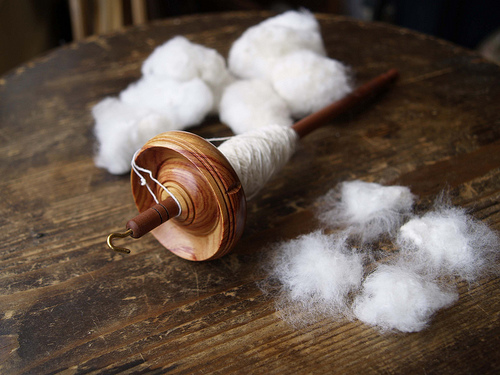
Production in China is estimated to be down 7 per cent to 6.4 million tons. While production has also fallen, the volume has been sufficient to meet 80 to 90 per cent of demand, with China’s consumption declining over the last four seasons. However, most of the domestic production was absorbed by China’s national reserve, and spinners relied heavily on imports from other producing countries, allowing international cotton prices to remain elevated. In 2014-15, China ended its reserve policy and in 2015 announced that it was limiting imports to the volume required under its WTO obligations.
Turkey is the world’s third largest importer, but like China, imports are expected to decrease in 2014-15. Consumption in Turkey is forecast to fall 4 per cent to 1.3 million tons as mills equipped with old machinery are shut down and cotton’s market share further declines as a result of the price attractiveness of synthetic fibers. At the same time, demand for imports is forecast to decrease by 13 per cent to 761,000 tons due in part to an estimated 11 percent increase in domestic cotton lint production to 847,000 tons.
Despite a 4 per cent reduction in area this year and some losses from flooding, production in Pakistan is estimated up 11 per cent at 2.3 million tons given the 15 per cent increase in the average yield to 820 kg/ha. Imports by Pakistan are forecast to fall 9 per cent to 367,000 tons as the current season’s crop will meet most of its need with imports mostly consisting of longer staple cotton that is not available from domestic producers.
US exports marred by declining imports
The ICAC Report points out that as the world’s largest exporter, the United States is affected by the decline in China’s and Turkey’s imports, though demand for high quality machine-picked cotton will help to limit export losses. In 2014-15, production in the US is estimated at 3.5 million tons, up 25 per cent from 2013-14, and exports are forecast to increase modestly by 2 per cent to 2.3 million. As a result, ending stocks in the United States are likely to increase 58 per cent to just over one million tons.
India, the second largest exporter is projected to experience a significant decrease in exports this season, despite a high volume of production estimated at 6.8 million tons. Consumption is forecast to increase 4 per cent to 5.2 million tons while production remains stable, resulting in a smaller exportable surplus. Additionally, demand from China and Pakistan, two of its three largest buyers, has fallen. Ending stocks in India are expected to increase 40 percent to 2.4 million tons in 2014-15 after two seasons of contraction.

